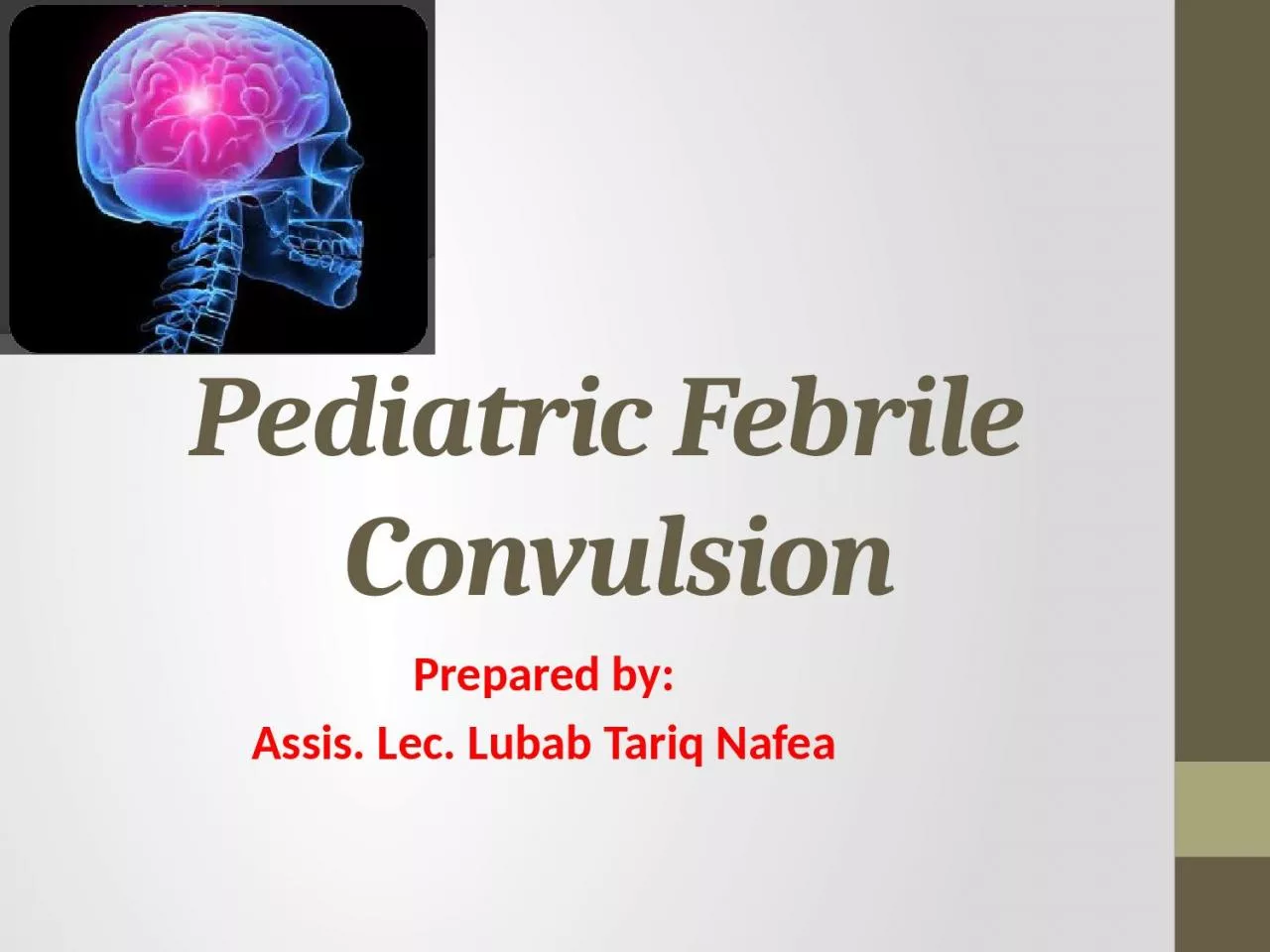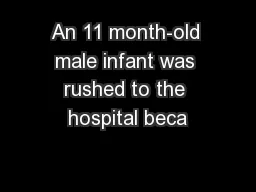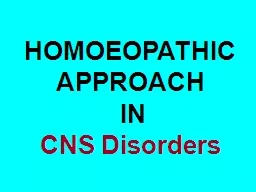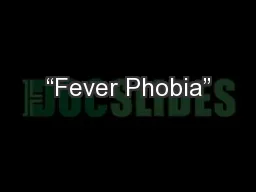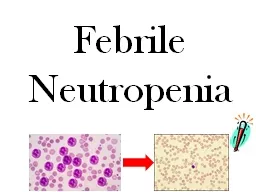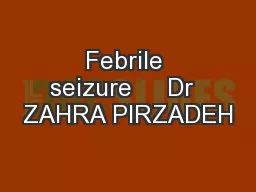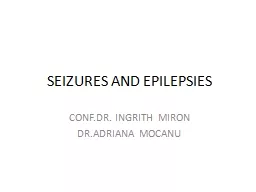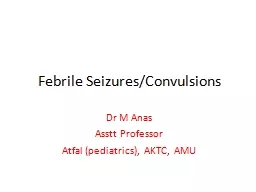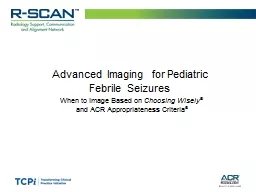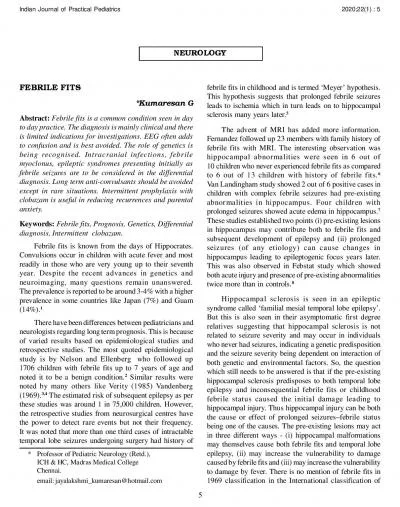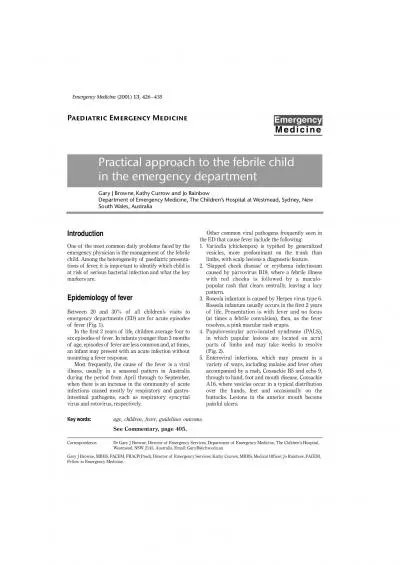PPT-Pediatric Febrile Convulsion
Author : eloise | Published Date : 2022-06-15
Prepared by Assis Lec Lubab Tariq Nafea Contents What is a seizure Seizure types Etiology of seizures Febrile convulsions Epilepsies of childhood Epilepsy
Presentation Embed Code
Download Presentation
Download Presentation The PPT/PDF document "Pediatric Febrile Convulsion" is the property of its rightful owner. Permission is granted to download and print the materials on this website for personal, non-commercial use only, and to display it on your personal computer provided you do not modify the materials and that you retain all copyright notices contained in the materials. By downloading content from our website, you accept the terms of this agreement.
Pediatric Febrile Convulsion: Transcript
Download Rules Of Document
"Pediatric Febrile Convulsion"The content belongs to its owner. You may download and print it for personal use, without modification, and keep all copyright notices. By downloading, you agree to these terms.
Related Documents

